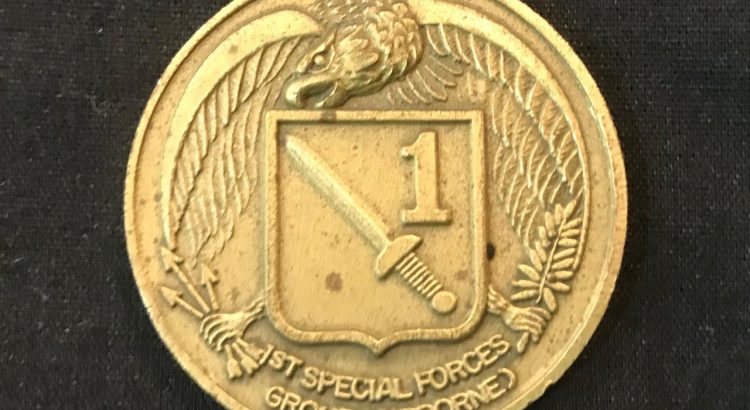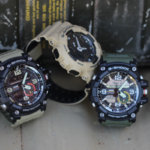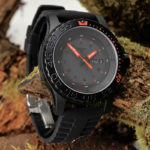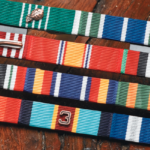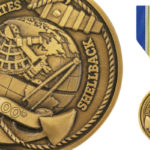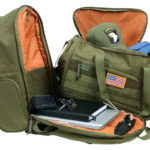©Gregory P. Keeney, 2018
The precise history of military challenge coins is difficult to discern. It’s the material of folklore and legends etched in the past. One particular story traces the origins of challenge coins to the 1st Special Forces Group (Airborne) during the Vietnam War (1956-1975). The U.S. Army’s Special Forces routinely conducted secret missions and, thus, their actions were not recognized overtly with military medals and ribbons, until years later.
Legend has it, the Commander and Sergeant Major of 1st Special Forces Group (Airborne) designed a challenge coin with the unit’s name, flash and logo on the front, and the Special Forces motto, “De Oppresso Liber,” a green beret, a scroll and bayonet and a blank space to enumerate the coin on the reverse. A detailed registry was maintained to record the name, mission and date of action for prosperity.
The challenge coins were presented as a token of appreciation for gallantry in combat. In a manner of speaking, it was a gesture of gratitude to the Special Forces Soldiers who lived in the dark shadows, standing ready to defend freedom and liberty. While it makes for a captivating story, and while true, it does not provide a definitive answer as to the true origin of military challenge coins, only its legendary significance in the context of today.
Regardless, military challenge coins have become an integral part of the military culture as means to say “thank you” and “job well done!” The presentation of a challenge coin from a senior leader (military, political or civic) is the quickest means to recognize personal excellence with a pressed coin and a firm handshake, on the spot or during a formal ceremony. Challenge coins provide a way to recognize people in lieu of military medals or ribbons, or in conjunction with, as there is only one specific limit to one’s generosity with a coin. Challenge coins purchased with military funds are limited in presentation, but a leader can personally purchase challenge coins for presentation to a wider audience, as is often the case. People who receive these coins often display them proudly in the office and at home in a custom challenge coin display.
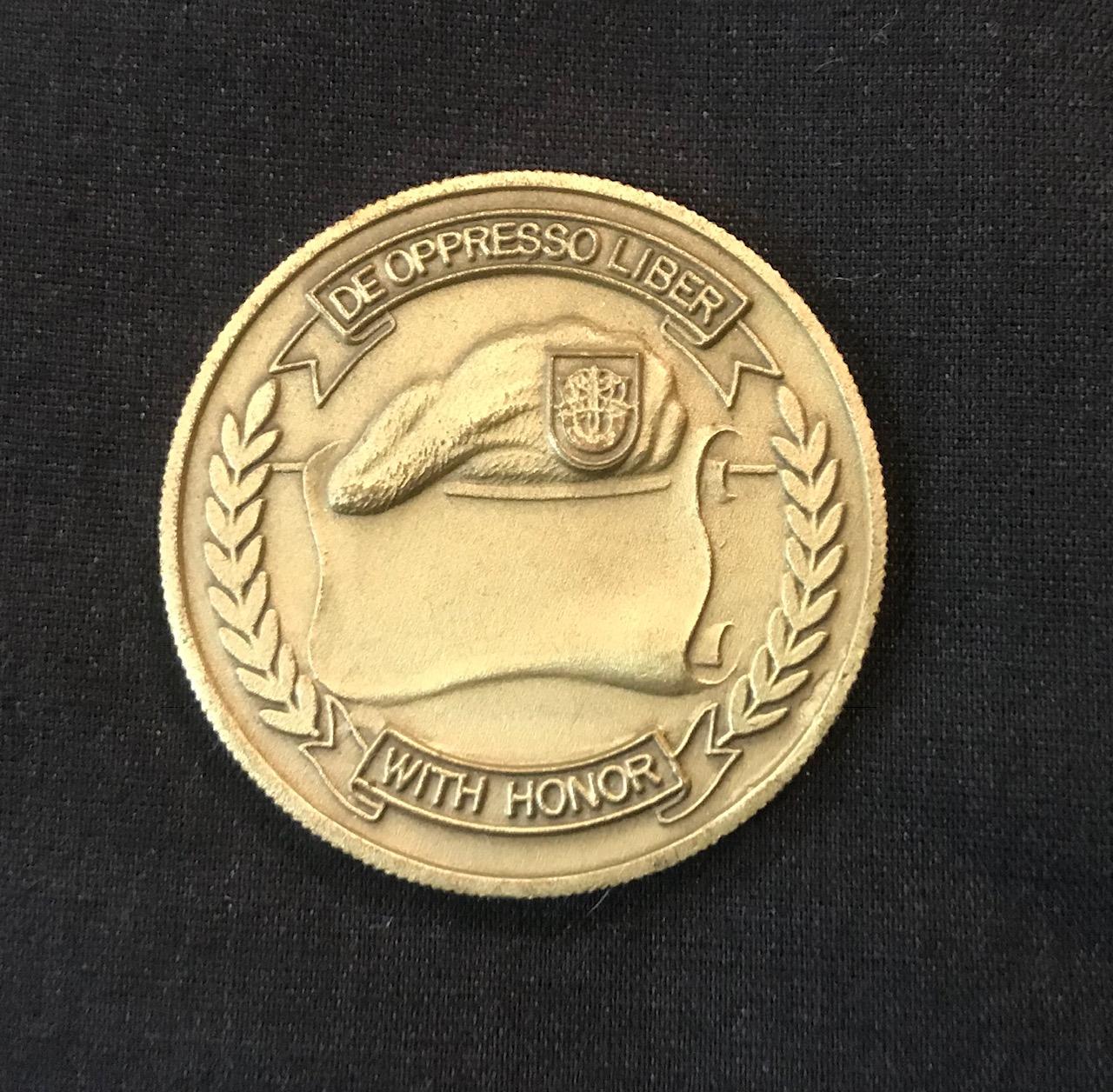
©Gregory P. Keeney, 2018
The most popular way to earn a challenge coin is through demonstrated excellence. The following are examples of when a military challenge coin is fitting for presentation:
- Recognition of a winner of joint service, or a service specific military member of the month, quarter or year, board or competition.
- Recognition of academic achievement as a graduate of a military service school as a Distinguished Honor or Honor Graduate.
- Actions during combat operations.
- Actions during military exercises and training for combat operation
- Excellence in a specific career field, military occupational specialty or linguistics.
- Score the maximum on physical fitness test or win a physical competition individually or as part of a team.
- Expert qualification in marksmanship, either individually or as a team.
- Farewell or welcome to the command or unit.
- Expertly planning, coordinating and executing a military ceremony, conference or event.
- Personal exchange between military commanders, senior enlisted members or chief warrant officers of a command or unit.
- Change of command or promotion ceremonies, often presented to service member and family.
- Retirement from military service, often presented to the retiree and family.
- On the casket of a military service member. These coins are often collected and presented to the family.
In the end, challenge coins are a great way to recognize performance, and display a unit’s heraldry and history through its design. It’s intended to recognize the contributions and accomplishments of people for actions that span from the remarkably routine to acts of gallantry and valor. Challenge coins are a significant part of military culture and one that, regardless of origin, has expanded outside the military to include law enforcement, fire and rescue and other organizations. It’s a fun way to say “Great job!” or “Thank you!”
